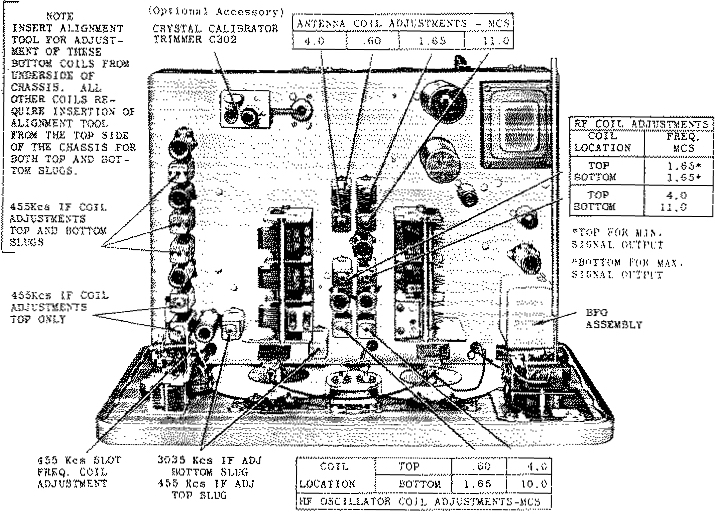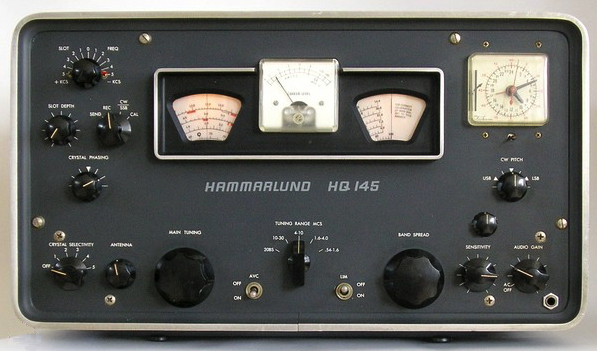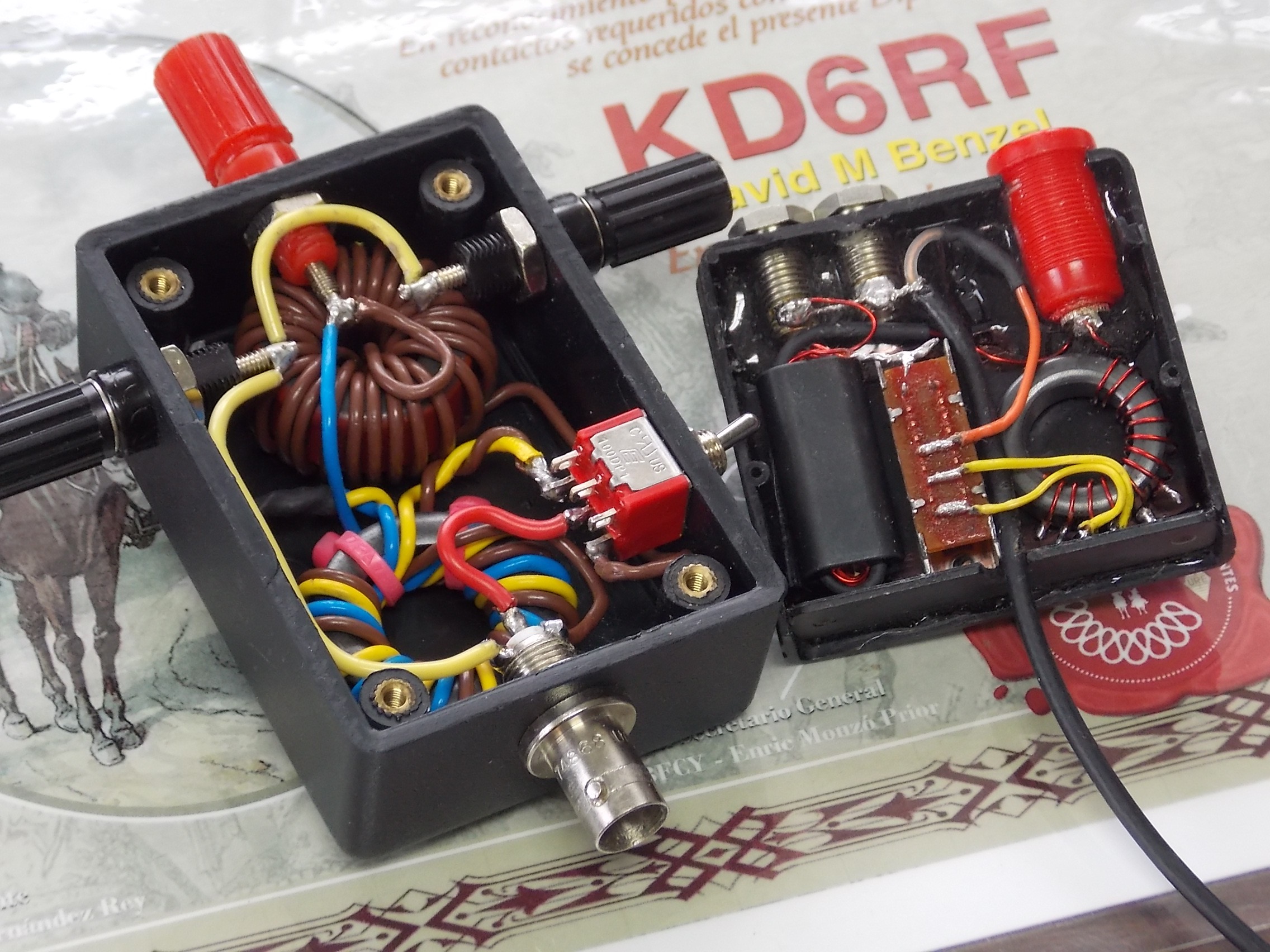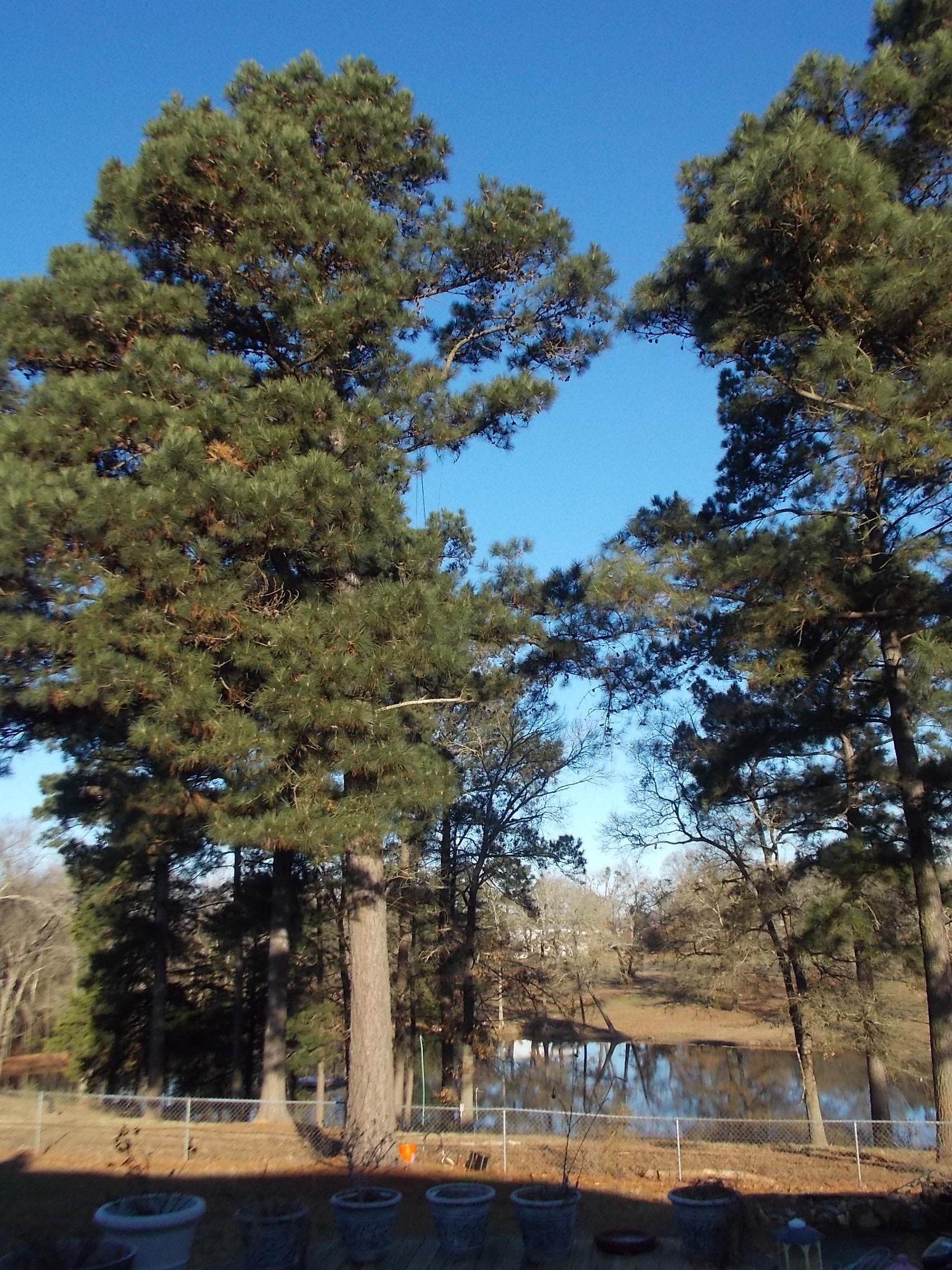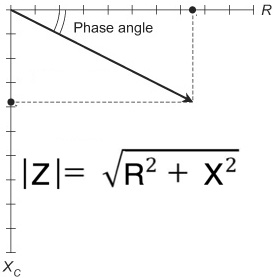The Pixie is a fun and popular QRP transceiver kit. However, typical output power on 40 M is only about 300 to 500 milli-Watts – a bit too QRPp at times…
In this article I’ll show cheap and easy ways to pump up the output power to around 1.2 or over 2 Watts, depending upon the power supply type and crystal activity.
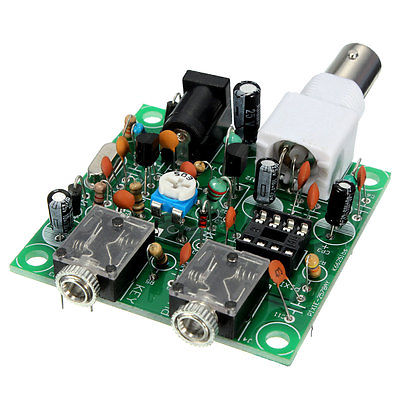 Continue reading $3 to Quintuple the Output Power of a 40 M Pixie Transceiver
Continue reading $3 to Quintuple the Output Power of a 40 M Pixie Transceiver
24,172 total views, 5 views today
